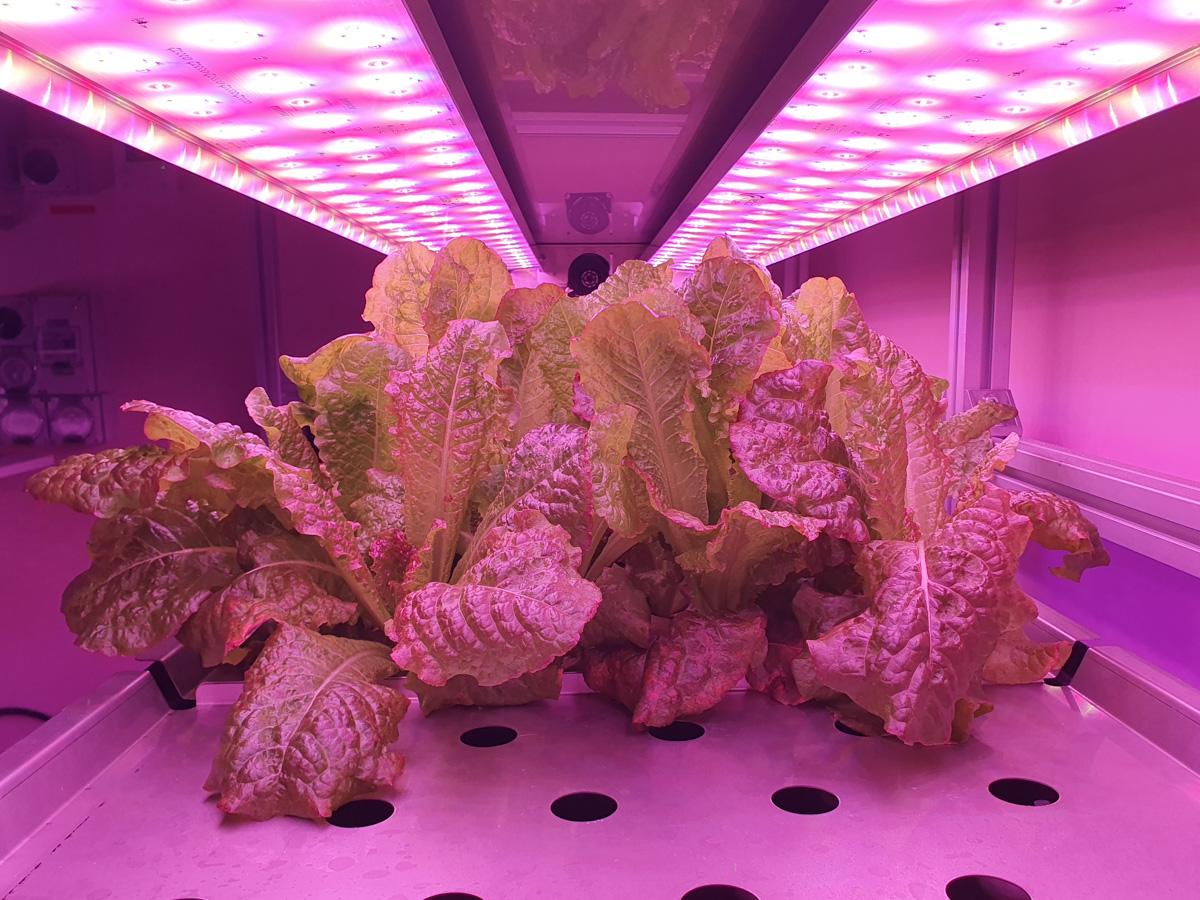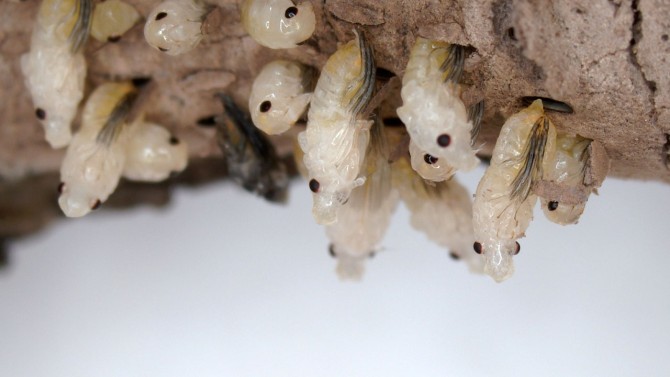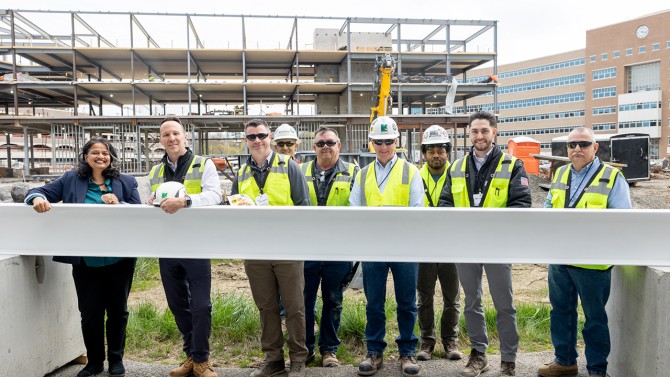A collaborative project that will prototype controlled-environment-agriculture systems for Low Earth Orbit, involving the ARC Centre of Excellence in Plants for Space (P4S) and led by UK company Vertical Future (VF), is set to receive $3 million in funding.

Red romaine lettuce being grown in a VF Vertical Farm at the University of Adelaide’s Waite Campus. Credit: ARC Centre of Excellence in Plants for Space.
Initially funded for an exploratory phase in August 2023, it has been selected under phase two of the UK Space Agency’s International Bilateral Fund, which is focused on supporting the UK space sector to work directly with international partners on innovative projects.
The project, also supported by the Australian Space Agency and NASA, is aimed at delivering a fully autonomous agriculture system to the world’s first commercial space station. Constructed by Axiom, the space station is due to be in orbit in 2026.
Announced by UK Space Agency CEO, Paul Bate, at the 39th Space Symposium, Colorado Springs, U.S.A, on Monday, 8 April, the project brings together unique capabilities to deliver a scalable and autonomous plant growth system designed to be able to feed crewed space exploration missions with minimal human intervention.
In addition to VF and the University of Adelaide’s involvement through P4S, additional world-leading expertise is provided through the University of Western Australia, University of Cambridge, Saber Astronautics, Axiom Space, and the South Australian Space Industry Centre, all P4S partners, and the University of Southern Queensland, lead of the Australian Federal Government’s iLaunch Trailblazer.
P4S Director, Professor Matthew Gilliham, says that in addition to helping to feed astronauts of the future, these technologies will also be applied to terrestrial agriculture.
“The project will deliver prototypes for a fully autonomous agriculture system that can be monitored and operated remotely or with artificial intelligence, fit for future space exploration, aligned to NASA’s future Moon-to-Mars Artemis missions,” said Professor Gilliham.
“This collaboration will design plant growth systems that can work autonomously. It will help us to deliver our aims of enabling long-term space habitation, and we will also be able to utilise the technology we develop to improve sustainability of food, medicine, and material production on Earth.
“Through incentivising this international collaboration, the UK Space Agency has brought together world-leading capabilities to deliver novel technologies.”
VF is the fastest-growing vertical-farming research and development company in the United Kingdom, and the funds will go towards developing a controlled-environment agriculture facility suitable for space missions.
Vertical Future’s Chief Scientific Officer, Dr Jennifer Bromley, also highlighted that investment in research and development for space-exploration technologies will benefit people on Earth.
“Through our approaches to farm communication and data management in this project, we will be in a position to offer the first fully remotely monitored farm system, creating highly skilled, jobs which monitor and track productivity of systems on Earth, in orbit and on lunar and Martian bases,” she said.
Jana Stoudemire, Director, In-Space Manufacturing at Axiom Space, agrees that achieving benefits for all people through space-bound projects is what drives her company.
“This project embodies our commitment to improve life on Earth and foster the possibilities beyond it, building a home in space that benefits every human, everywhere,” she says.
“CEA systems address not only physiological benefits but psychological benefits to crew health and can serve as biomanufacturing facilities as well.”
Chief Executive of the UK Space Agency, Dr Paul Bate, said the ambition of the project is made possible by its international scope.
“Projects like this, which will see Vertical Future work with the University of Cambridge and partners in Australia and the US to develop the use of autonomous agriculture technology for space exploration, highlight the many ways in which we can collaborate with the global space community to help humanity push the boundaries of space innovation,” he said.
“The projects supported by our International Bilateral Fund champion the best of British innovation, while strengthening our ties with the wider space community. Together we can break new ground, further our understanding of the Universe and use the vast power of space to protect and benefit lives on Earth.”
Head of the Australian Space Agency, Enrico Palermo, said this funding builds on the collaboration fostered through the UK-Australia Space Bridge.
“By working with our international partners like the UK, we can continue to grow the Australian space sector while delivering outcomes that benefit communities in both of our nations,” Mr Palermo said.
“This project reiterates how space can help address the biggest global challenges we are facing – as well as the power of working together to solve a common problem.”
Acting Chief Executive of the South Australian Space Industry Centre (SASIC), Mr Reg Carruthers, said that the project signals growing confidence in South Australia’s robust space and research capability.
“South Australia is committed to strengthening relationships with trusted international partners, continuously building on our deep and long-standing expertise in agricultural science and technology development,” Mr Carruthers said.
Looking to the future of the project, Mr Carruthers said that SASIC will leverage its network across sectors to promote space collaboration and bolster R&D investments for industry and end-users.
“Our ecosystem continues to evolve to advance agriculture – both on Earth and in space,” he said.
Another P4S collaboration was recently announced that will be the first to grow and bring plants back from the lunar surface as part of NASA’s Artemis mission program.








